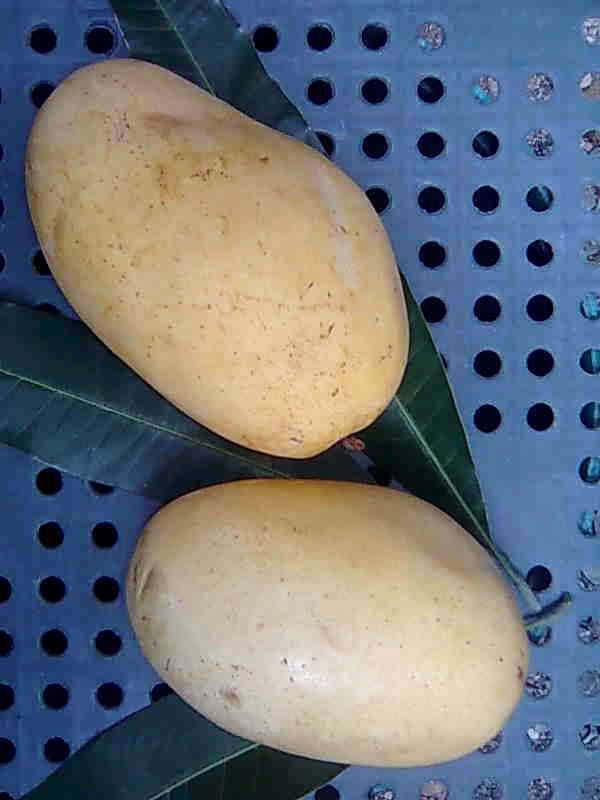On January 1, 2016, the 17 Sustainable Development Goals (SDGs) of the 2030 Agenda for Sustainable Development, adopted by world leaders in September 2015 at a historic UN Summit, officially became effective (http://www.un.org/sustainabledevelopment/development-agenda/). From 2016 to 2030, these goals should be implemented and achieved in all countries (https://en.wikipedia.org/wiki/Sustainable_development).
What is sustainable development (SD)
According to the United Nations, sustainable development is “development that meets the needs of the present without compromising the ability of future generations to meet their own needs…For sustainable development to be achieved, it is crucial to harmonize three core elements: economic growth, social inclusion and environmental protection. These elements are interconnected and all are crucial for the well-being of individuals and societies”. (http://www.un.org/sustainabledevelopment/development-agenda/)
What are the domains of SD
SD has been described and discussed in terms of three domains, namely: environment, economy, and society.
Why is SD important
For the economy
Agriculture
I have been an organic farmer for many years. I have grown fruits and vegetables and raised free-range chickens and goats in our organic farm. Organic farming entails using non-chemical inputs in producing fertilizers, in pest management, and other cultural practices. This way, I have avoided poisoning and ruining the soil, water, air, plants, animals, and human beings (myself and my farm hands). I have kept the natural state and balance of the farm and I am eventually leaving it for the next generations to enjoy in the same manner and condition as I did.
Energy
I did a study before for a European company on the use and advantages of renewable energy sources. As we all know, solar energy as well as wind, sea waves, water, and geothermal can generate electricity in a clean and sustainable manner. While the initial capital expenditures required to tap these energy sources are huge, the long-term benefits are much more significant. Besides, the cost of electricity produced from these sources has substantially gone down as a result of technological developments.
Transport
We know that many countries have been developing and giving incentives for the use of electric vehicles. Electric vehicles do not emit polluting and health-wrecking smoke.
Business
I have read many business profiles stating that among their corporate social responsibility (CSR) undertakings are the reduction of pollution, carbon footprints, and non-biodegradable wastes they themselves produce. I hope more businesses will commit to doing so and at a more intense rate.
For the environment
Pollution
All people on Earth have been victims of pollution (even the polluters themselves). There have been innumerable cases of death and illness around the globe that are directly attributable to pollution. Our air, soil, and water have been polluted with waste and toxic materials at an unprecedented level. Governments and private organizations have been trying to raise the level of public consciousness about this problem and have introduced programs to reduce global pollution.
Climate change
Climate change, simply defined, is a global change in weather patterns over a long period of time. It is caused by many factors including solar radiation, volcanic eruptions, and global warming caused by human activities (https://en.wikipedia.org/wiki/Climate_change).
Emission of chemicals like carbon dioxide, aerosols, and methane plus deforestation contribute to global warming.
A slight increase in global temperature will result in more destructive droughts and typhoons. We have seen how climate change caused droughts and typhoons that heavily damaged countries and claimed so many lives.
Let us hope that the Paris Climate Accord in 2015 will result in continuing mitigation of the effects of climate change.
For society
Health
We all know how pollution, global warming, and climate change have caused widespread deaths and diseases to humans, other land and water animals, and even vegetation. Concerted and continuing efforts by government and society are needed to mitigate these problems.
Poverty
Eliminating poverty in all its forms is necessary for sustainable development. Our natural resources should be used and developed in a manner that results in an equitable and inclusive economic growth for all members of society now and in the future.
Inequality
Social inequality can be substantially reduced by providing equal opportunities for everyone to share in the benefits of economic growth and social development.
How can we do our share in SD
While sustainable development is universal and long-lasting in nature, we can do our own little share now.
We just have to bear in mind that we are temporary visitors here on Planet Earth and we have the responsibility to take care of it and to make sure that our children, grandchildren, and other descendants will inherit Earth that is clean, habitable, and sustainable and a society that fosters inclusive and equitable economic growth and social development.










